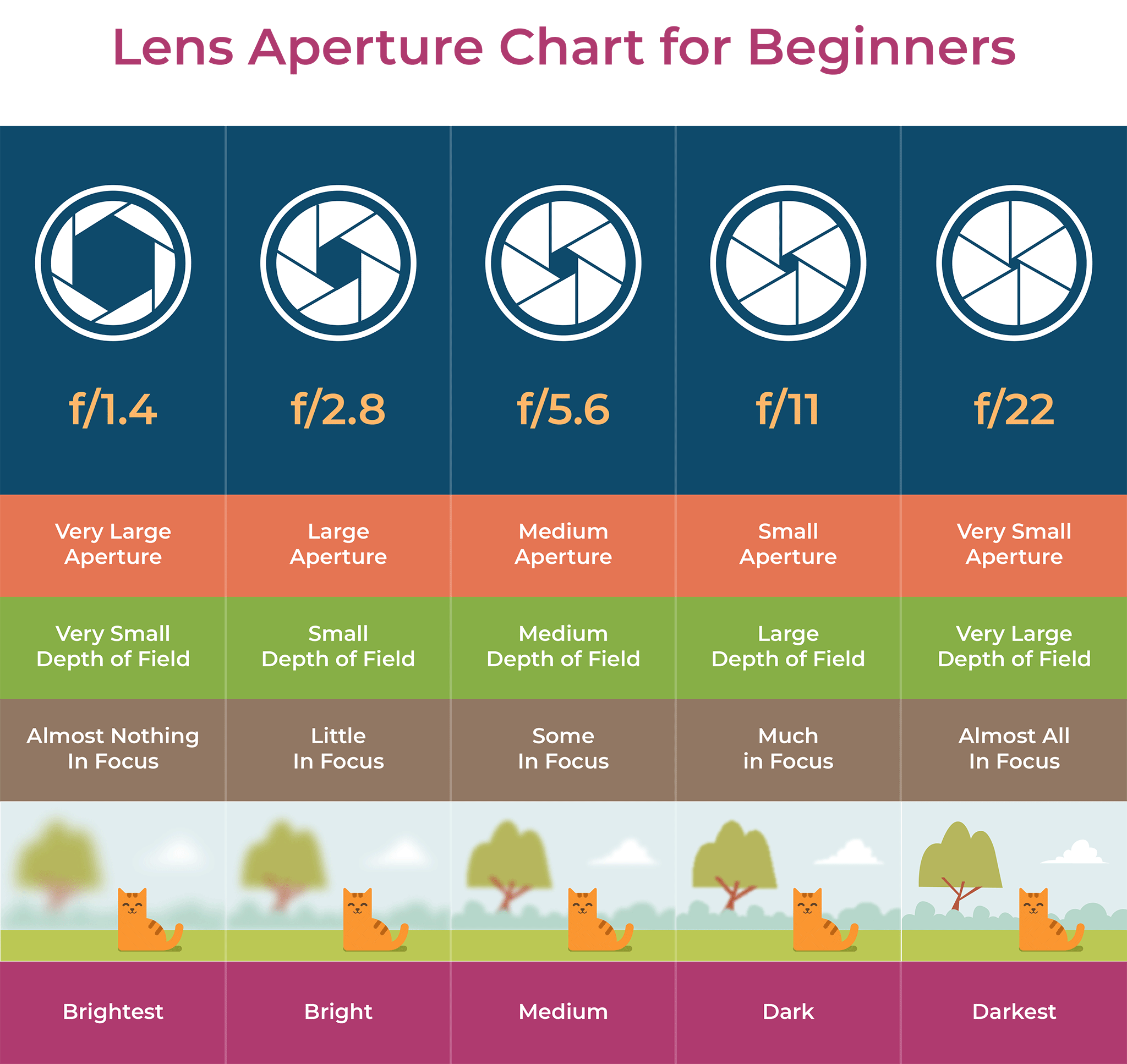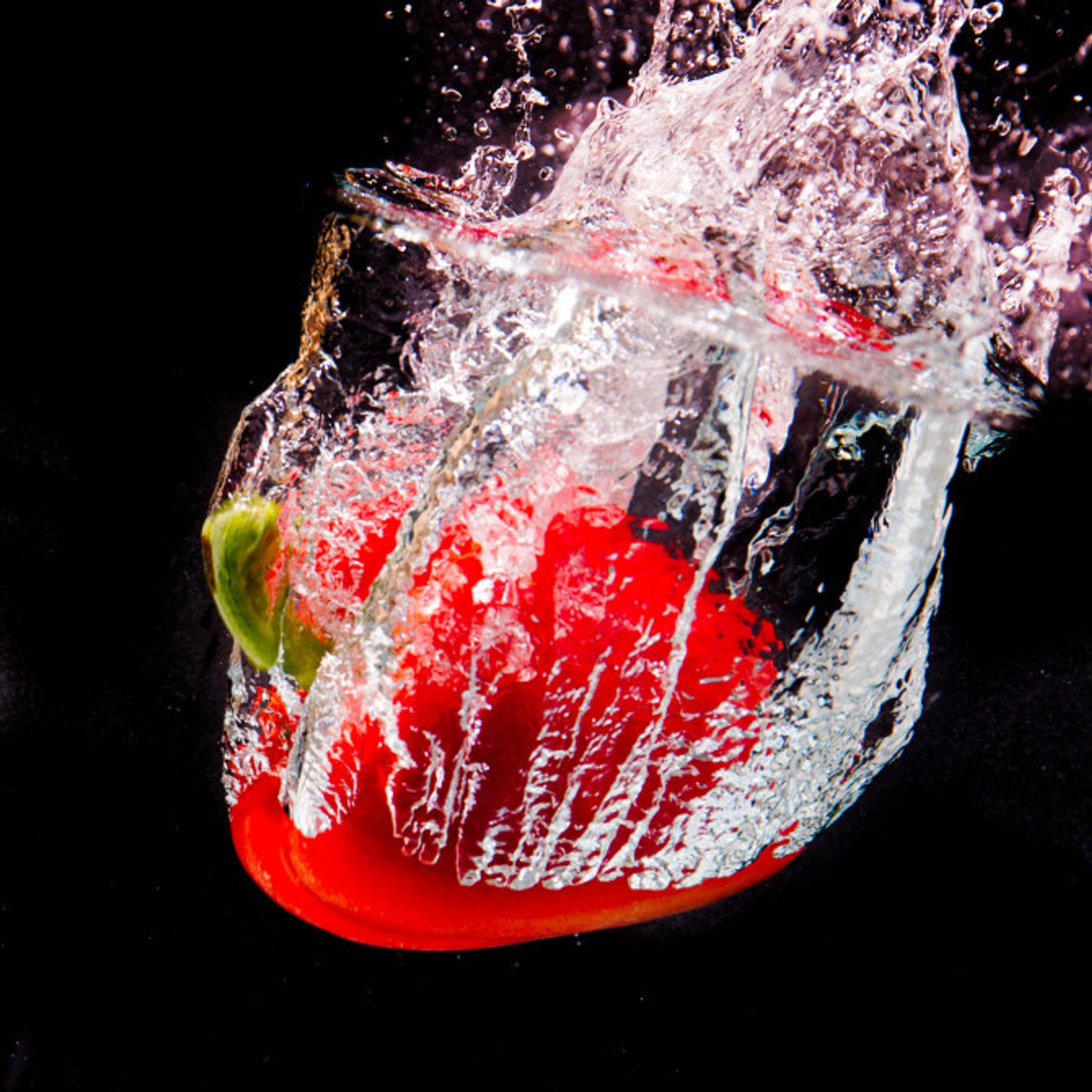Mastering Exposure: The Key to Perfectly Balanced Photographs
FACT CHECKED ✅
Understanding exposure is fundamental to achieving perfectly balanced photographs in any lighting condition. In this article, we delve into the intricacies of exposure, guiding you through the essential techniques for mastering this critical aspect of photography.
 |
| Exposure is fundamental to achieving balanced photographs (📷 flickr) |
Unlocking the Basics
Exposure is the foundation of photography, determining the brightness or darkness of an image. It involves balancing three key elements: aperture, shutter speed, and ISO. By mastering these fundamentals, photographers gain control over their images, ensuring proper exposure in various lighting situations.
Controlling Light and Depth
Aperture, measured in f-stops, regulates the amount of light entering the camera. It also affects depth of field, influencing how much of the image is in focus. Understanding how aperture impacts exposure and depth of field is essential for achieving desired creative effects in your photographs.
 |
| (📷 photographylife) |
Freezing or Blurring Motion
Shutter speed dictates the duration of time the camera's shutter remains open, determining how motion is captured in an image. Faster shutter speeds freeze action, while slower speeds create motion blur. Learning to adjust shutter speed allows photographers to capture dynamic scenes with precision and creativity.
 |
| Faster shutter speeds freeze action (📷 skylum) |
Balancing Sensitivity and Grain
ISO measures the sensitivity of the camera's sensor to light. Higher ISO values result in greater sensitivity but may introduce noise or graininess to the image. By understanding how to balance ISO with aperture and shutter speed, photographers can maintain optimal image quality while shooting in low-light conditions.
 |
| Optimal image quality can be maintained even in low-light conditions (📷 knowledgeenthusiast) |
The exposure triangle, comprised of aperture, shutter speed, and ISO, forms the basis of achieving well-exposed photographs. By adjusting these parameters in unison, photographers can achieve the desired exposure for their images, whether capturing landscapes, portraits, or action shots.
⭐⭐⭐
*AI assisted



Comments
Post a Comment